The henon bamboo flower blooms only once every 120 years, then disappears for many years and researchers do not know how it revives.
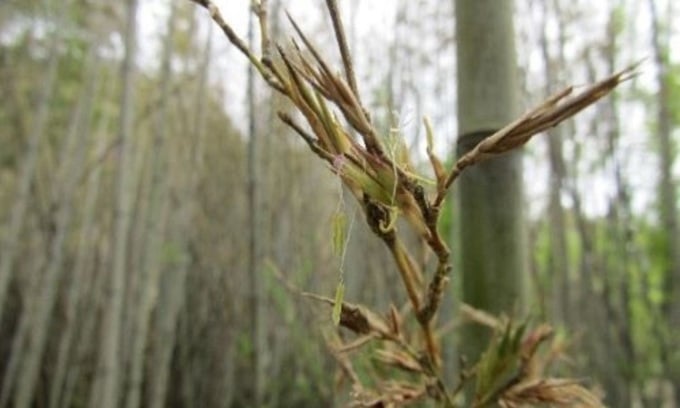
The next expected blooming of the henon bamboo is 2028. Photo: Toshihiro Yamada
The unusual flowering time of the henon bamboo ( Phyllostachys nigra ) is allowing researchers to learn more about its mysterious regeneration process. The henon bamboo flowers only bloom once every 120 years before disappearing. The current generation is expected to flower in 2028. However, a team of researchers from Hiroshima University in Japan noticed that some local specimens were starting to flower early, so they took the opportunity to study the henon bamboo, Live Science reported on September 12.
In a study published in the journal PLOS One, a team led by Toshihiro Yamada, a conservation biologist and forest ecologist at Hiroshima University, found that many flowering specimens contained no seeds. They also observed that no new nodes developed from the root systems of flowering plants, suggesting that asexual reproduction was limited. This means that many dense bamboo forests may be difficult to regenerate, and once lost, they may be replaced by grasslands.
Henon bamboo was introduced to Japan from China in the 9th century, but scientific records of its reproduction are scarce. Its 120-year flowering cycle is based on 9th-century archival documents. Previous populations died out shortly after flowering in 1908, before regrowing spontaneously across Japan. As a result, little is known about the flowering ecology and reproduction of henon bamboo.
Yamada and colleagues studied a population of early-flowering specimens found in Hiroshima in 2020, which included 334 nodes. The team found that 80% of the nodes that had flowered in the past three years had no seeds. By the end of 2020, no bamboo nodes had survived. “The question remains how the dead nodes are replaced by new generations. Obviously, sexual reproduction does not occur because this plant does not produce seeds,” Yamada said.
According to Yamada, it is possible that bamboo regenerates underground, eventually sprouting new individual nodes. Once these nodes become established, the bamboo grows vigorously to compensate for the inefficient reproduction. However, the regeneration process can take many years, resulting in a large loss of biomass during the transition period between two flowering cycles. This not only causes economic losses for local industries that use bamboo as a material, but also leads to a variety of environmental problems such as erosion and landslides.
An Khang (According to Live Science )
Source link


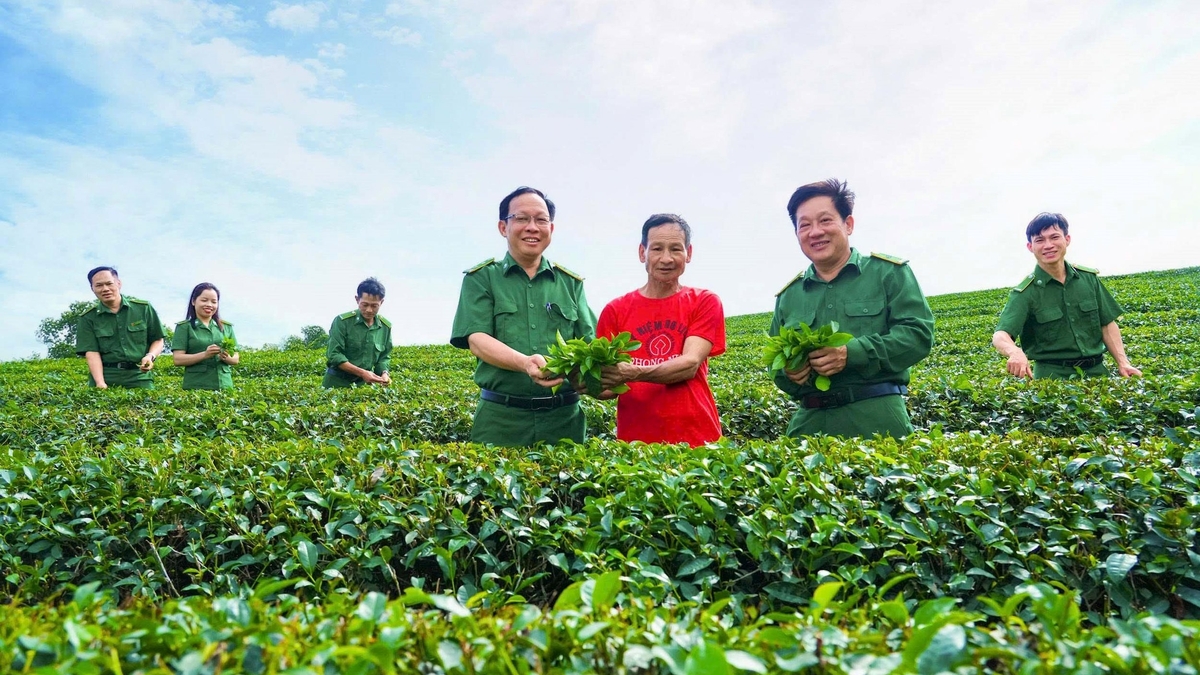








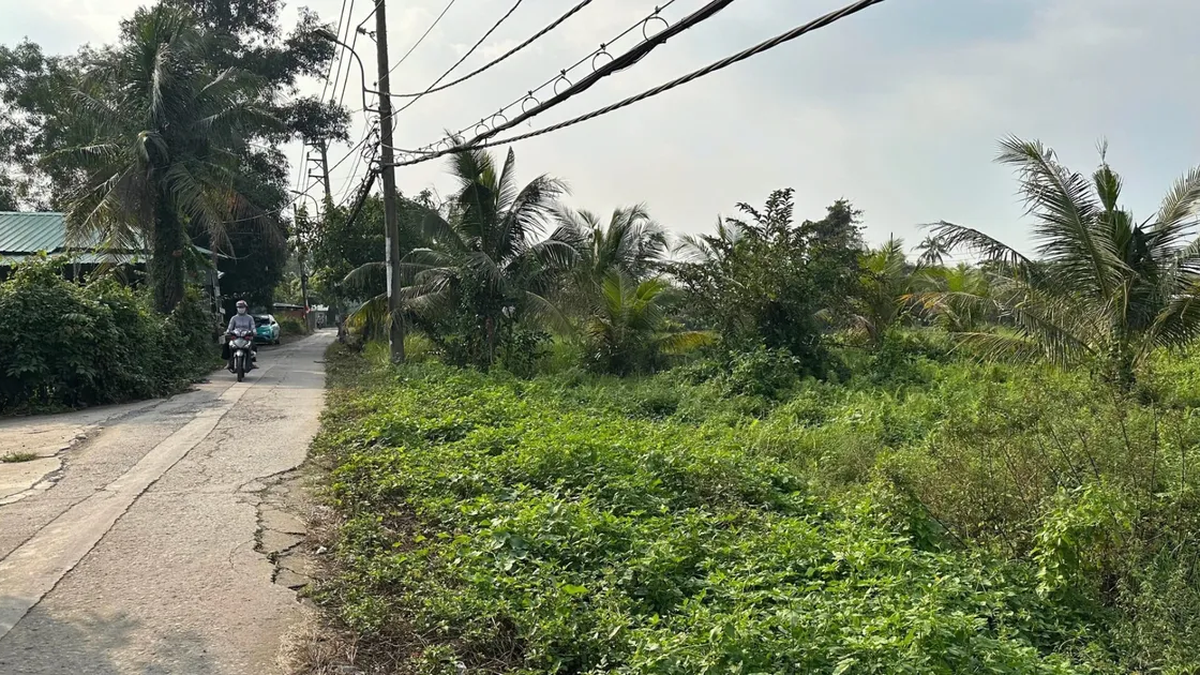




























































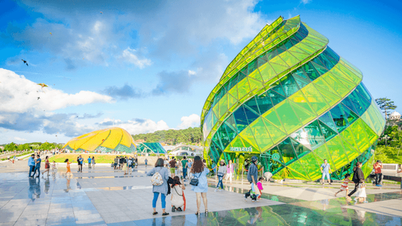

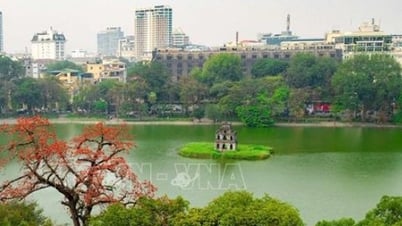

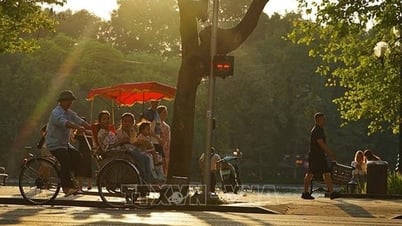
























Comment (0)